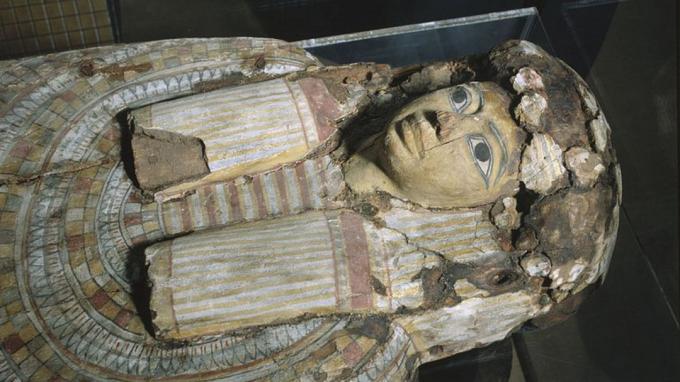The practice of agriculture emerged approximately 12 thousand years ago. Thanks to it, man is no longer nomadic (a way of life based on hunting and gathering food) and became a sedentary way of life (a way of life based on the cultivation of plants and domestication of animals).
Over the centuries, agricultural practices evolved and, as a result, there began to be an excessive production, which allowed the development of trade. In the beginning there were only exchanges of products and in the exchange places several cities appeared. Over time, agriculture has gone through several “revolutions”. Let's look at some of them.
In the nineteenth century there was the call agricultural revolution, which configured an increase in production without an increase in the cultivation area. In other words, there was an increase in productivity. It seems to be something simple, but it was a great technological advance at the time, but it did not benefit the environment, as there was an intense use of the soil, without conservation practices.
THE green revolution it was the most important agricultural revolution, started right after World War II. It essentially represented the adoption of a technological package that sought to maximize food production. However, from an environmental point of view, this package was not as beneficial. Thus, the following procedures were adopted: agricultural mechanization, use of fertilizers, pesticides and selected seeds produced in the laboratory. All these techniques allowed for an optimization of production, but with extremely harmful effects on the soil, the water table and rivers.
According to some scholars, the current moment is of a new agricultural revolution. The so-called transgenic (genetically modified seeds) are on the agenda and cause many questions on the part of environmentalists. Others already argue that the use of transgenics will end hunger on the planet and that it does not harm the environment. This debate will go on for years.
On the contrary, come to organic agriculture and theconservation agriculture. These agricultural practices differ from each other, but both seek to cause minimal damage to the environment. While conservation agriculture seeks minimal soil disturbance practices such as crop rotation; organic agriculture is premised on the use of natural resources for agricultural management and conservation, such as the production of food without pesticides.
By Regis Rodrigues
Graduated in Geography
Source: Brazil School - https://brasilescola.uol.com.br/geografia/agricultura-conservacao-questoes-historicas.htm


